
Abstract:
A cavitation cloud forms when a high-pressure water jet is submerged in a tank of quiescent water. The water jet is formed as high-pressure nitrogen forces a fixed-volume column of water through a nozzle. The diameter and exit velocity of the water jet affect the behavior and geometry of the resulting cavitation. The relationships between the Reynolds number of the flow and the measured cloud geometry, propagation distance, pulsation frequency, and front velocity are presented. The distance a cloud propagated increased by 30 % when the diameter of the jet was doubled from 1.0 to 2.0 mm. Additionally, the longitudinal cross-sectional area and propagation distance increase with increasing Reynolds number, while the frequency at which the jet pulsed from the nozzle was found to decrease with an increase in Reynolds number.
Citation and Link:


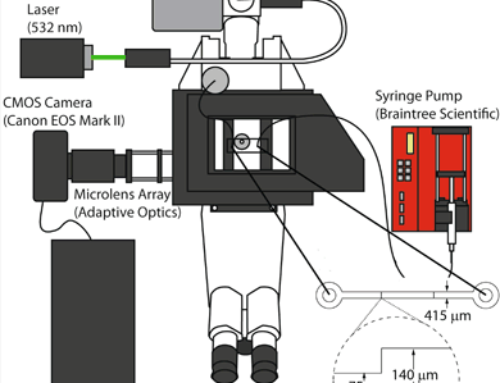
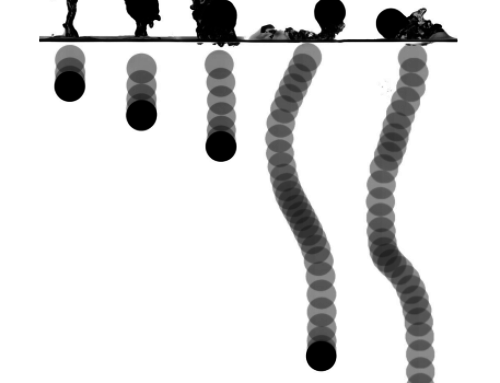
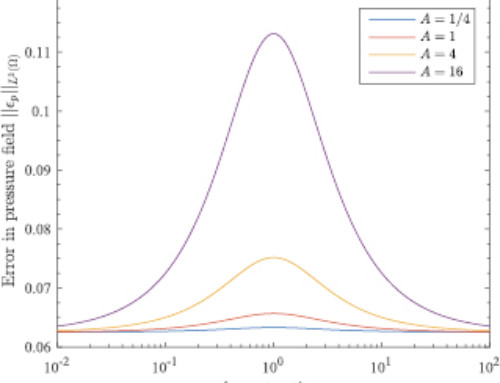
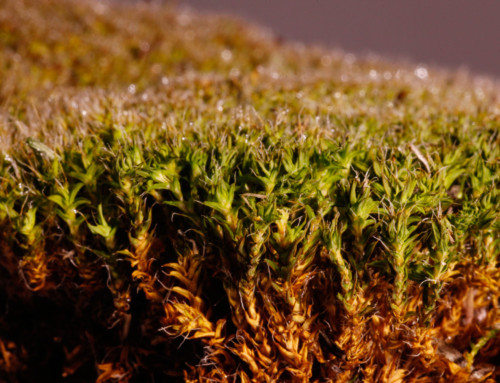
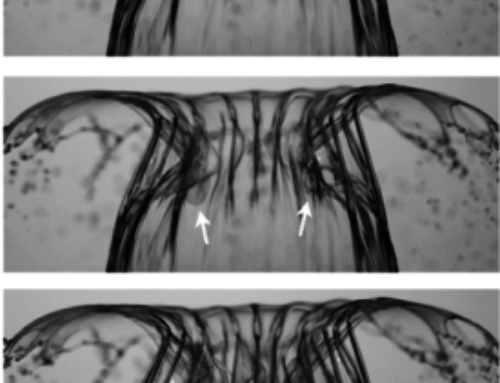
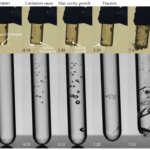
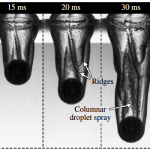
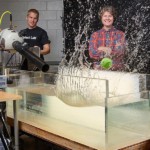
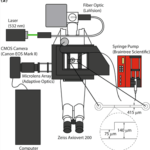
Recent Comments